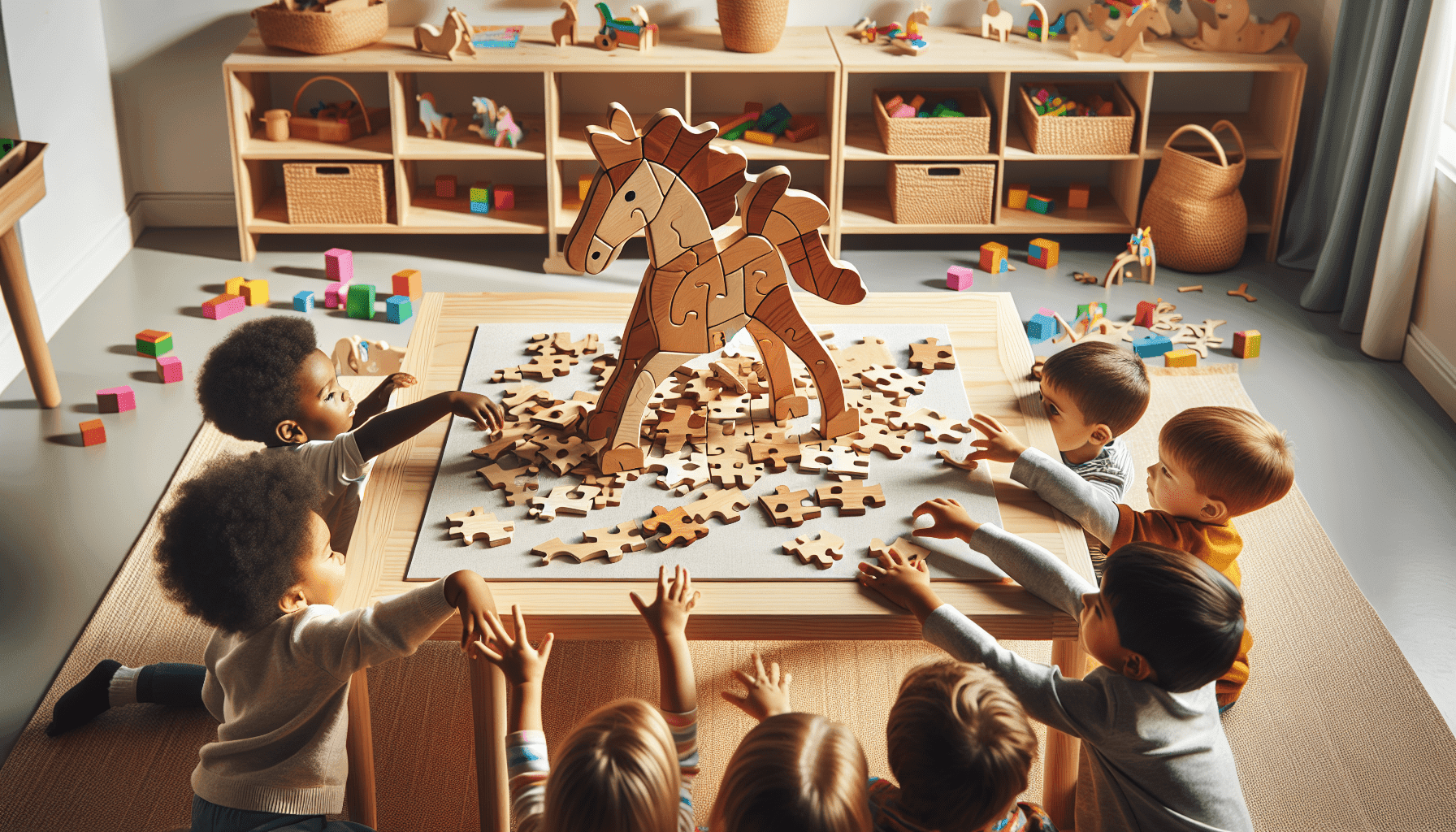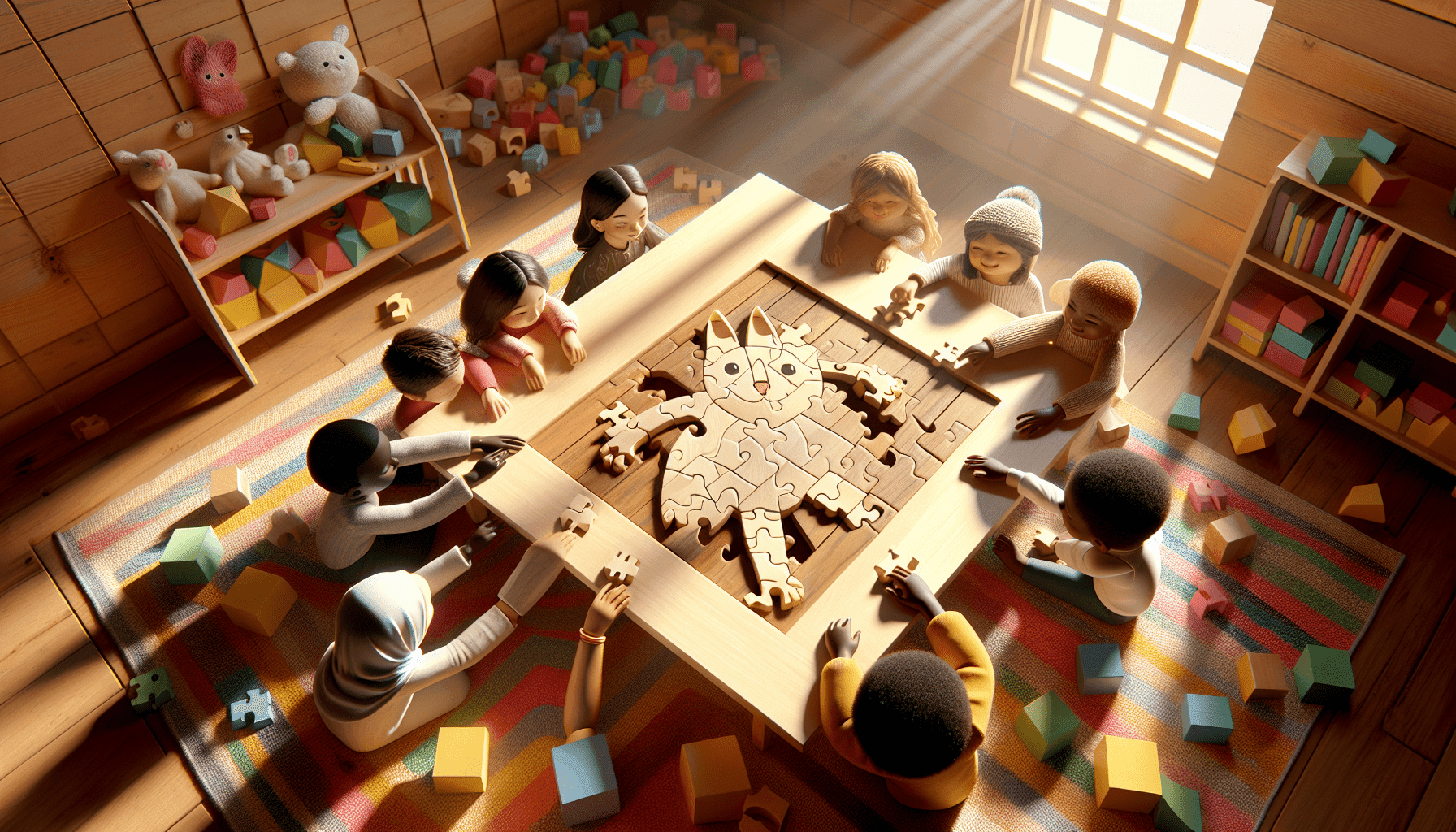Have you ever wondered if assembling 3D wooden puzzles can be a fun and educational activity for young children? These beautifully crafted puzzles, often associated with brands like Robotime, Rokr, and Ugears, can capture the imagination and provide an opportunity for both play and learning. Let’s take a closer look at how you might incorporate these intriguing puzzles into a child’s playtime, fostering their growth in the process.
Understanding the Benefits of 3D Wooden Puzzles for Children
3D wooden puzzles are a step beyond the traditional jigsaw style, offering a hands-on approach to learning that is both engaging and challenging. Here, we’ll explore some of the benefits that these puzzles can bring to young children.
Cognitive Development
Assembling 3D wooden puzzles can significantly impact a child’s cognitive development. The process of finding matching pieces, understanding shapes, and visualizing the end product helps enhance spatial awareness and problem-solving skills. Young children, while energetically curious, thrive in environments that challenge their brains to think critically and creatively.
Motor Skills Enhancement
Involvement in puzzle assembly can also improve fine motor skills. Young children have to grasp small wooden pieces, align them accurately, and fit them together—each movement requiring precision and control. These actions strengthen their hand-eye coordination and dexterity, foundational skills that will aid them in various activities as they grow.
Encouraging Patience and Perseverance
3D puzzles can be challenging, even for adults, and thus they naturally teach children the value of patience. Children learn to persist through trial and error, understanding that sometimes the solution requires time and multiple attempts. This practice not only builds resilience but also fosters a sense of accomplishment when they finally see the completed project.
Fostering Creativity and Imagination
While the primary goal might be to assemble the provided puzzle, the imaginative play that follows brings its own set of developmental benefits. Upon completion, children can use the puzzle models—often depicting cars, animals, or historical landmarks—in imaginative storytelling and interactive play, sparking creativity.
Guidelines for Involving Young Children
Involving young children in assembling 3D wooden puzzles requires a careful approach to ensure that the experience remains fun and productive.
Choose Age-Appropriate Puzzles
Select puzzles that are designed for your child’s age group. Many brands, such as Robotime and Wood Trick, offer a range of puzzles with varying levels of difficulty. Begin with simpler models to build confidence before advancing to more complex ones. An overly difficult puzzle could lead to frustration, turning an enjoyable activity into a stressful one.
Supervision and Assistance
Young children will benefit from adult supervision and assistance. Be present to guide them through the process, offering clues and encouragement when necessary. This involvement not only ensures safety but also allows for bonding time, strengthening your relationship with the child.
Create a Comfortable Setup
Set up an area that is well-lit, cushioned (if pieces fall), and free from distractions. Having a dedicated space helps children focus, turning puzzle time into a enjoyable part of the daily routine, much like reading a book.
Suggested Setup
| Element | Recommendation |
|---|---|
| Lighting | Ensure good lighting to prevent eye strain |
| Surface | Use a sturdy, flat surface |
| Comfort | Cushions or soft mats for seating |
| Access | Place pieces within easy reach |

Enhancing the Puzzle Experience
There are ways to make the puzzle-building experience even more rewarding for children. Consider these ideas to immerse them further into their educational journey.
Integrate Storytelling
Add storytelling elements that relate to the puzzle. If working on a model of a ship, spin tales of adventure on the high seas. This engages the child’s imagination beyond the mechanical act of assembling pieces and helps them view the puzzle as part of a larger narrative context.
Make it a Group Activity
Invite siblings or friends to join the puzzle-building activity. Group work not only makes the task fun but also builds teamwork skills. Children learn collaboration as they communicate and cooperate, discussing strategies and sharing successes.
Celebrate Achievements
Each time a puzzle is completed, celebrate the achievement. This could be as simple as displaying the finished piece in a prominent place or taking photos of each step to create a montage. Recognition of their hard work boosts self-esteem and encourages future attempts at new puzzles.
Considerations for Safety and Suitability
While 3D wooden puzzles are generally safe, especially compared to electronic toys, there are always a few considerations for safety and suitability to keep in mind.
Small Parts Hazard
Be aware of small parts that could pose a choking hazard, especially for very young children. Always refer to the manufacturer’s guidelines and ensure that any assembly pieces are large enough to avoid accidental ingestion.
Material Safety
Ensure that the materials used are non-toxic and child-friendly. Reputable brands usually adhere to safety standards, but it’s always a good idea to double-check if you’re buying from lesser-known suppliers.
Supervision Intensity
The level of supervision might vary with a child’s age and maturity. Younger children might require constant oversight, whereas older ones might need just periodic check-ins. Setting clear guidelines on which tools they can use safely can prevent accidents.

Final Recommendations
Involving young children in assembling 3D wooden puzzles is a rewarding experience that combines education with fun. Keep these considerations in mind as you embark on this journey.
Start Small
Begin with simple designs to ensure that the child enjoys the process. A sense of achievement with an easier puzzle creates a positive first experience, setting the stage for tackling more complicated challenges later.
Encourage Curiosity
Allow the child to explore and ask questions. This might mean discussing how the wood is cut or how the pieces interconnect, fostering an environment of curiosity and discovery.
Be Patient
Remember, the end goal is the experience over the outcome. While the finished puzzle can be a satisfying goal, the learning and participation along the way are what truly matter.
Keep Fun at the Core
Always ensure that the activity remains fun and engaging. Should frustration or boredom arise, change tactics, offer a break, or consider a different puzzle. Above all, maintain a positive atmosphere, so your child associates puzzle time with joy and a sense of accomplishment.
Embarking on the journey of assembling 3D wooden puzzles with young children is about more than just putting pieces together—it’s about building memories, learning, and nurturing undeveloped skills. With the right approach, you can unlock a world of wonder and growth for your child, perhaps even rediscovering the simple joys of problem-solving and creativity for yourself along the way.
Ready to start your 3D wooden puzzle journey? Click on any of the following links for our reviews:
All Categories | Boats | Cars | Christmas | Clocks | Flowers | Guns | Marble Runs | Musical Boxes | Musical Instruments | Puzzle Boxes | Trains | Trams | Trucks | Miscellaneous